Why, you may ask, do I exclude the decade between 1945 and 1955? Cabinets, those rectangular, featureless cubes with doors that degraded further with the "blond", yellow and whitewashed finishes that continued into the 60s.
The problem, for me, is two fold. First, these designs tend to hog floor space. Second, unless you design a room around them, these consoles don't fit well with most décor. Or even more simply put, they are just not to my taste. I know that my feelings are not universal, but demand and prices over the years do indicate considerable sympathy. I will have to concede that after considerable resistance, a 3 channel Motorola has been added to the display - and I kind of' like it.
Unfortunately there were some great radios hidden inside of those cabinets. Scott and Meissner were just two of the high end manufacturers that followed this trend. They had to. It was the style of the time.
Fisher consoles are often stripped of their tuners to be installed in cabinets like those that became popular in the 60s and 70s. I suppose that this is preferable to losing the whole console to the land fill, but, one day (maybe today) the original cabinet will be missed.
So when recently I was given a number of these late 40s, upper-end radios, I simply stashed them in the parts room and moved on to the good stuff. I suppose that fate and my desire to preserve history collided when it became necessary to clear out the parts room - or put a warning sign on the door - Enter at Your Own Risk!
First there was the 2961 amp - REAL radio candy from 1947! I just could not ignore this PS/amp with push-pull parallel 6L6GA output tubes. Turns out the 6L6s are wired for triode operation which reduces the power output considerably (as compared to pentode operation). This amp/dual power supply was the heart of a 2961 tube radio - I wish that I had the rest of it.
Since I had neither the original 2961 receiver nor the amps for the 9-1093-7 and 9-1093, I built an adaptor to use them in combination as well as with a 9-1091C receiver (later).
At this point I will confess that the original configuration of the 9-1093 had only (ONLY!) 24 tubes, but what the heck. Here is a video. The original coaxial speaker and OP transformer are also missing so I had to adapt -
The -7 version has an on-board preamp tube for phono mounted at the end of the FM circuit and inside of the area that shields the last IF, 2 limiters and the discriminator. The other version has a hole/cover in the chassis but uses a separate pre-amp module with 6V and B+ coming from the main chassis. Interesting that the pre-amp must be plugged in in both cases to an RCA input connector.
The -7 version also has the nice black paint and the controls are mounted directly to the front of the chassis rather than being spaced back several inches in the other version.
Meissner 9-1091C
This is another AM FM (mono) chassis from about the same period. It has somewhat more versatility as compared to the 9-1093 since it has it's own power supply and push-pull 6J5s capable of driving almost any amplifier. But, it still does require a separate amplifier chassis. This radio has 17 tubes including a 6U5 eye tube to display signal strength. Like the 9-1093, AM and FM reception and audio quality are very good.
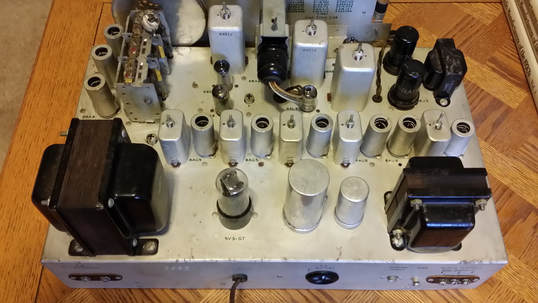
One of the features of this amp that is notable is the socketed filter capacitors, one for each of the B+ supplies. These caps use a 4 pin socket like the one used for an 80 or 2A3 tube. They are secured by a clamp. This sure would have made servicing the filters easier. They could have been changed out every couple of years to avoid failures.
It seems that many radios were sold as kits or replacement chassis for a cabinet that a customer already owned. This is consistent with the company's other offerings of quality OEM and replacement parts. Some were sold under the name Maguire. You might want to do more research under the name Thordarson-Meissner / Mt. Carmel, Illinois. Thordarson is still in business. (Thanks Ron)
To conclude, this series of radios, especially the large chassis with FM, were very high quality only lacking the chrome to be compared with the very high end radios of the time. If you happen upon one of these radios and have never heard of, or seen one, you are not alone. If the price is right, you might want to add it to your collection.

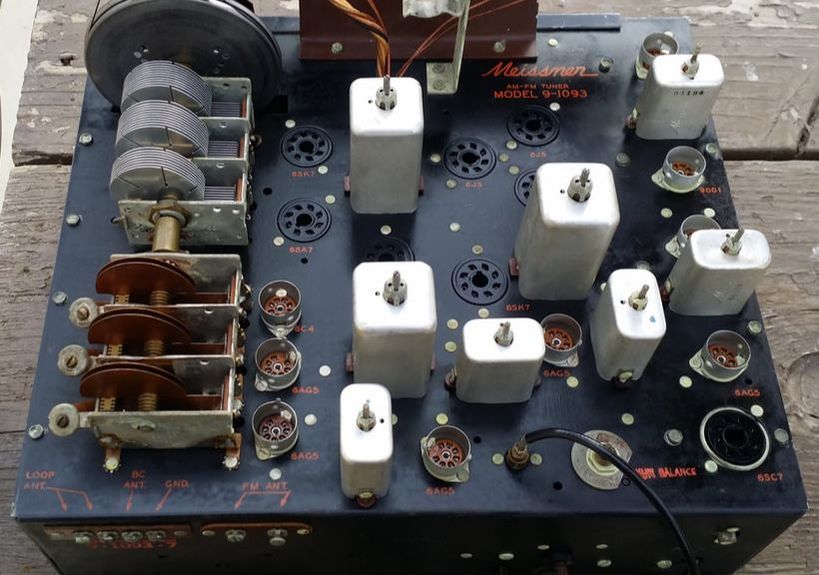
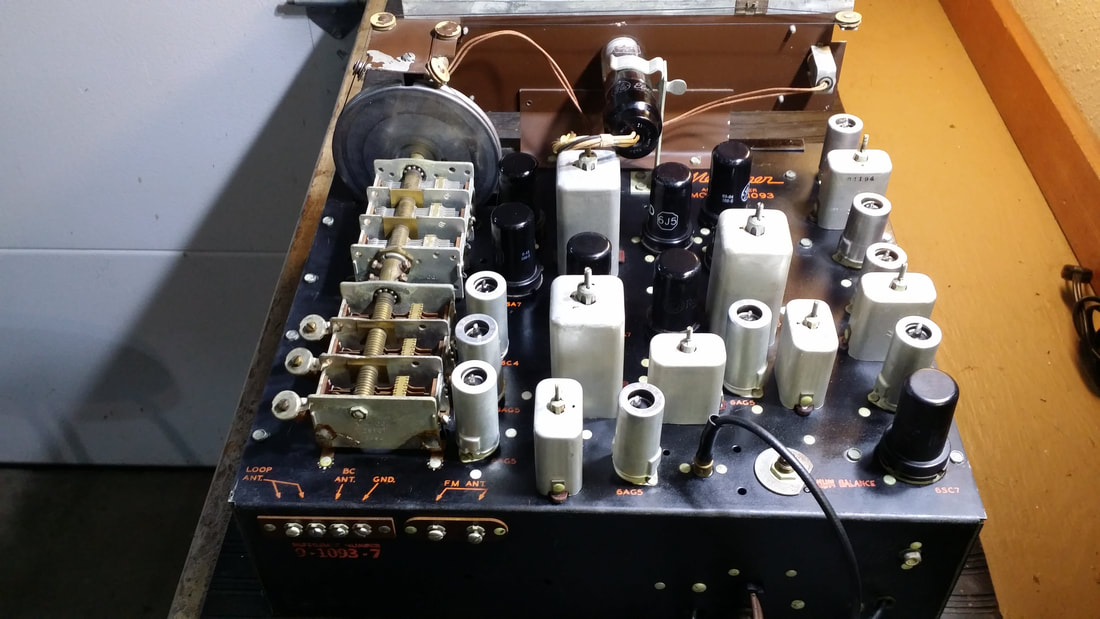
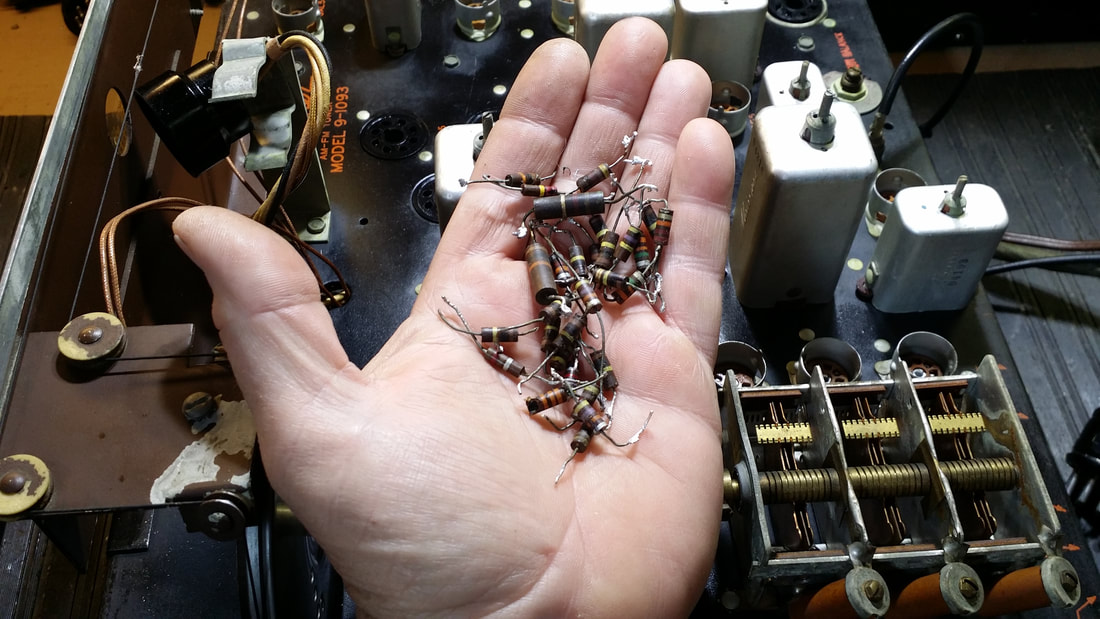
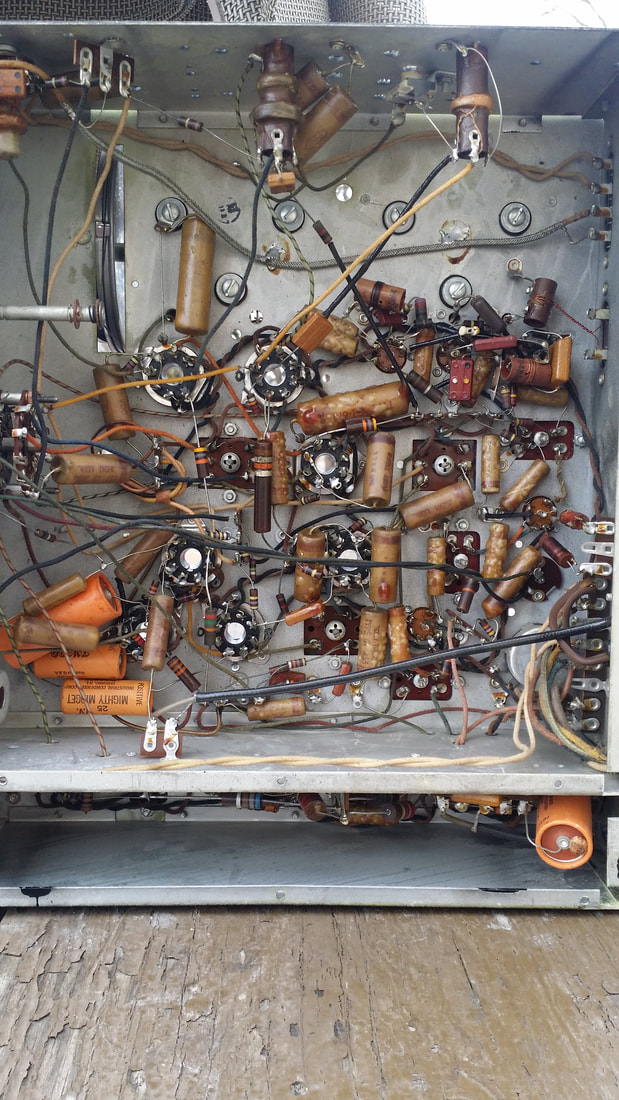
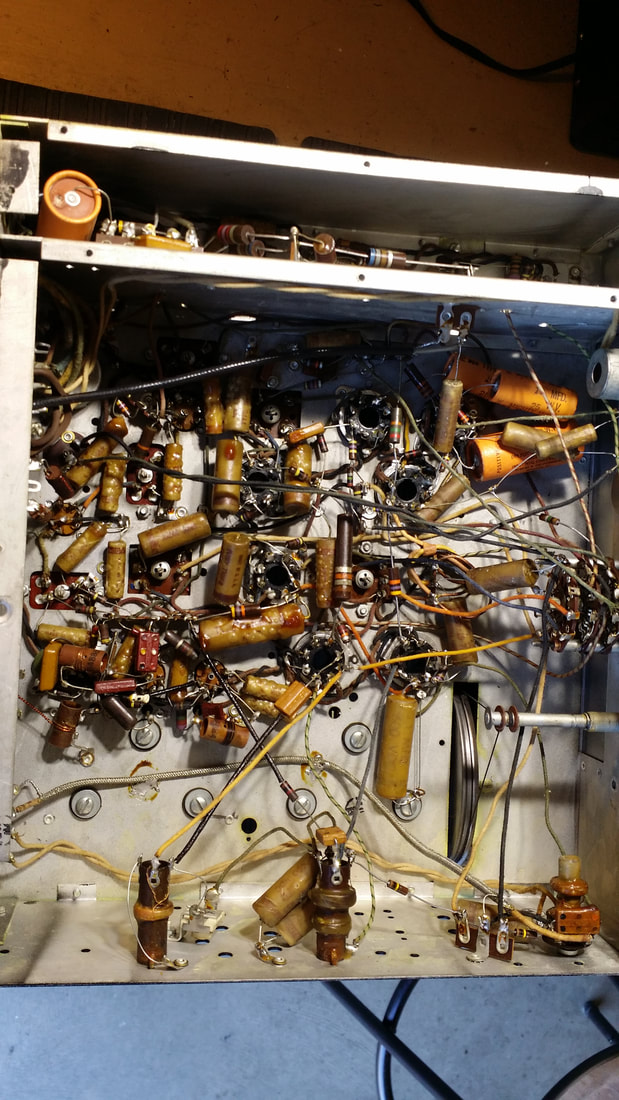
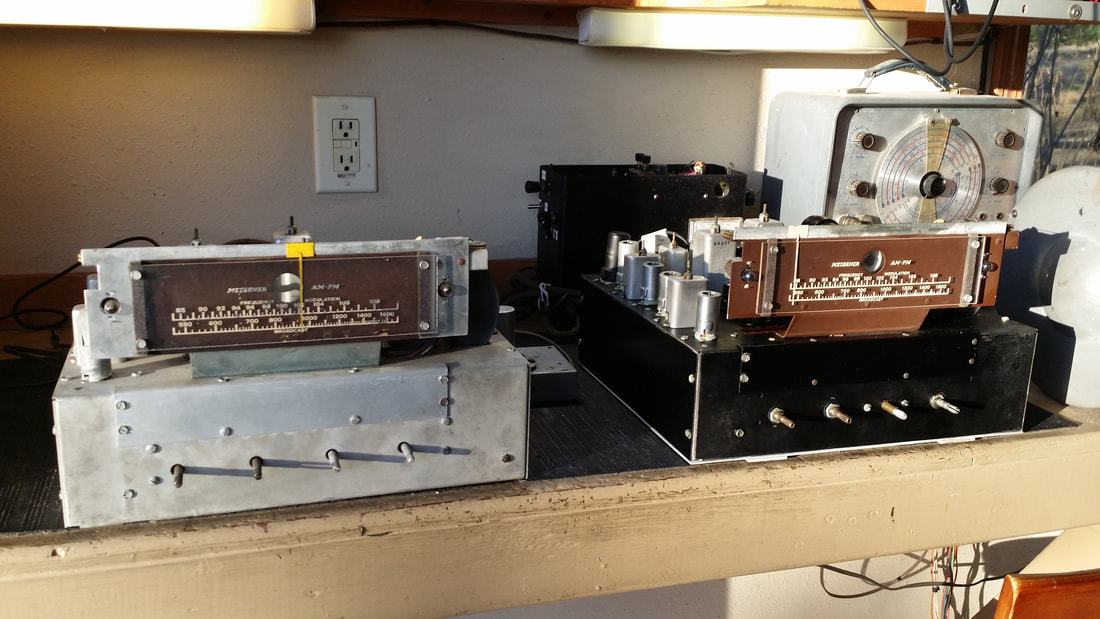

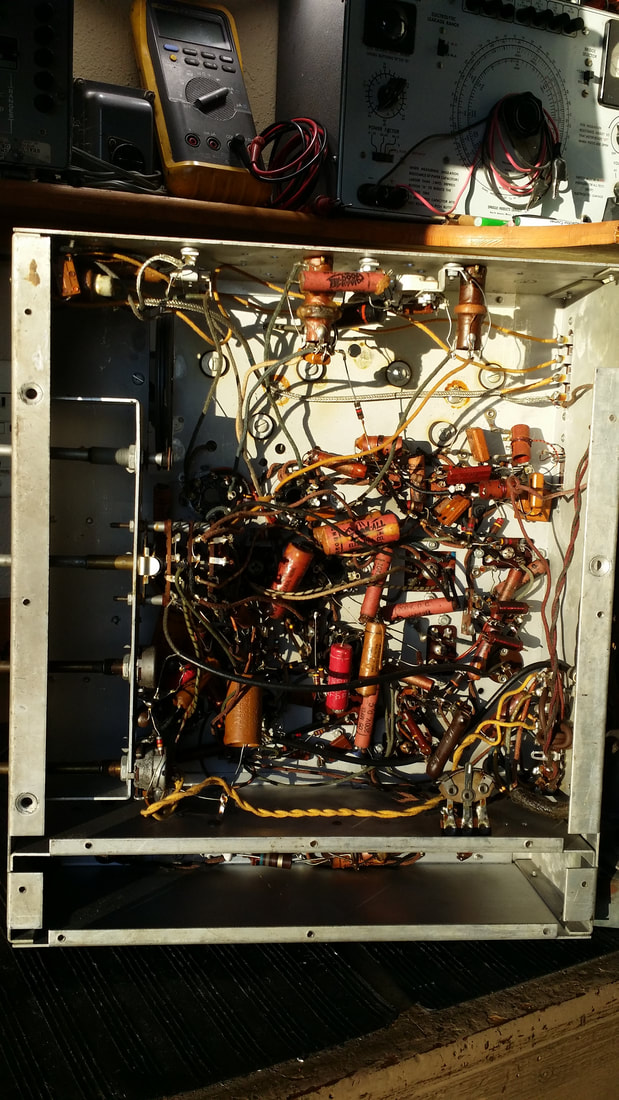
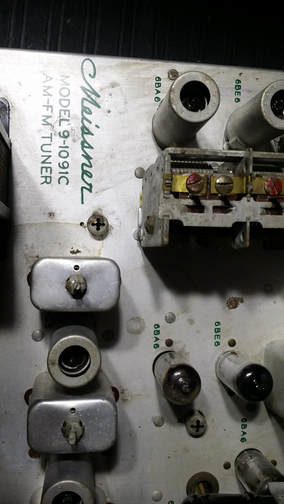
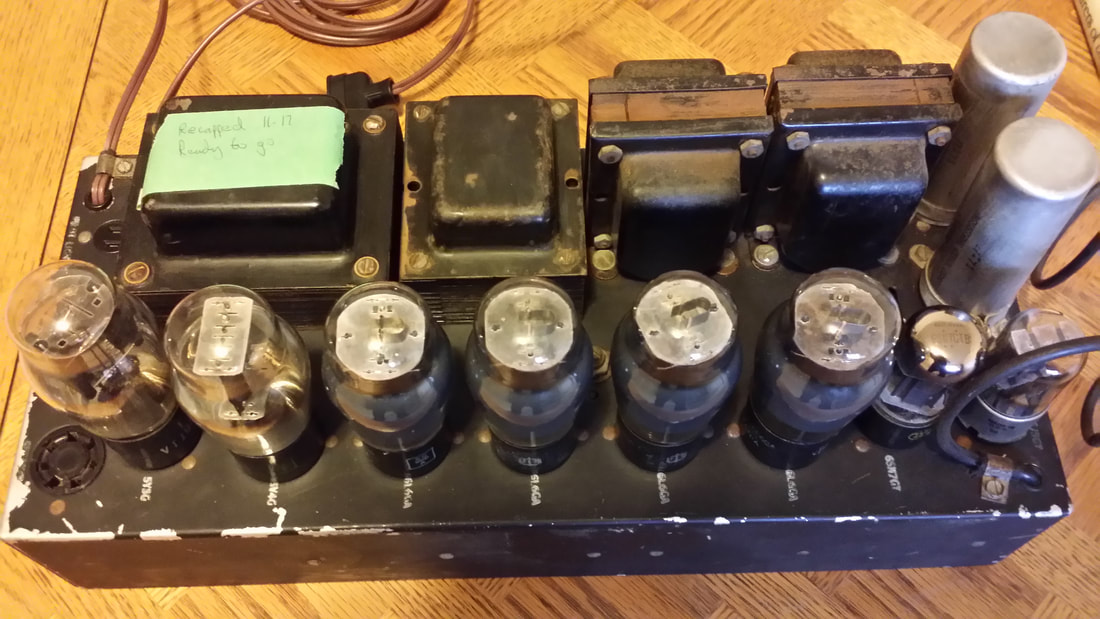
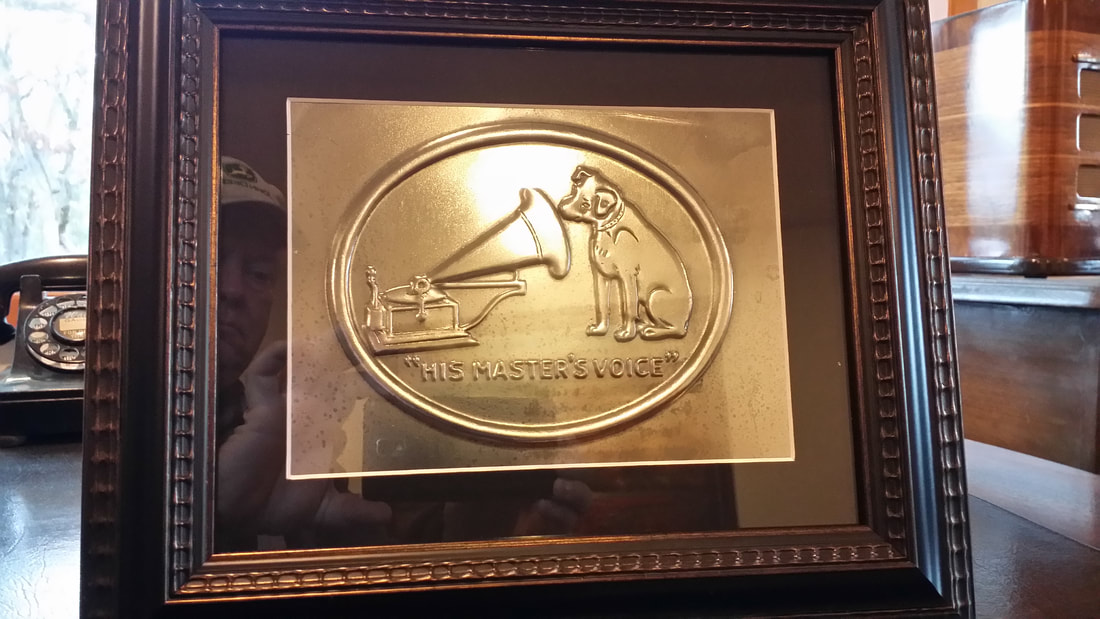
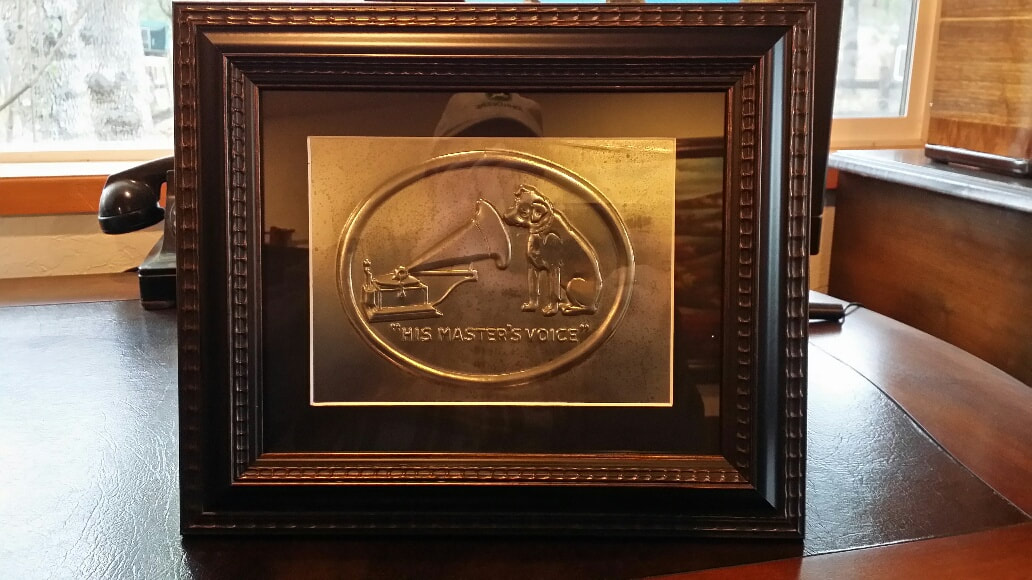
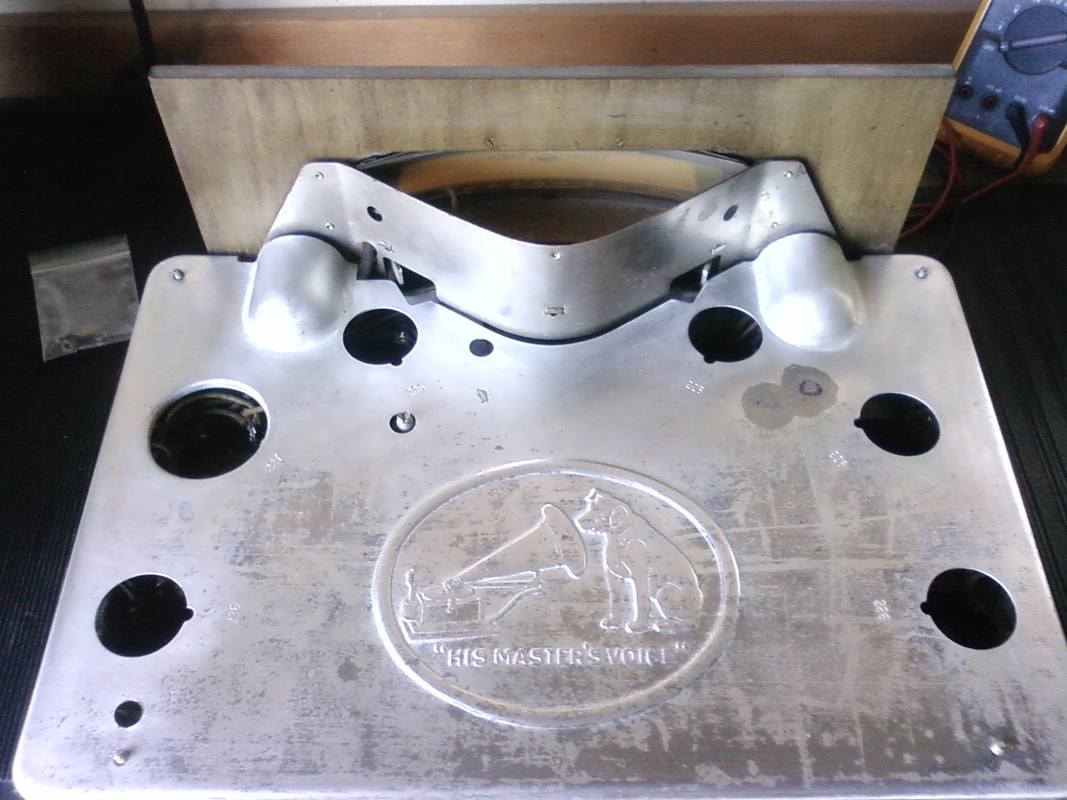
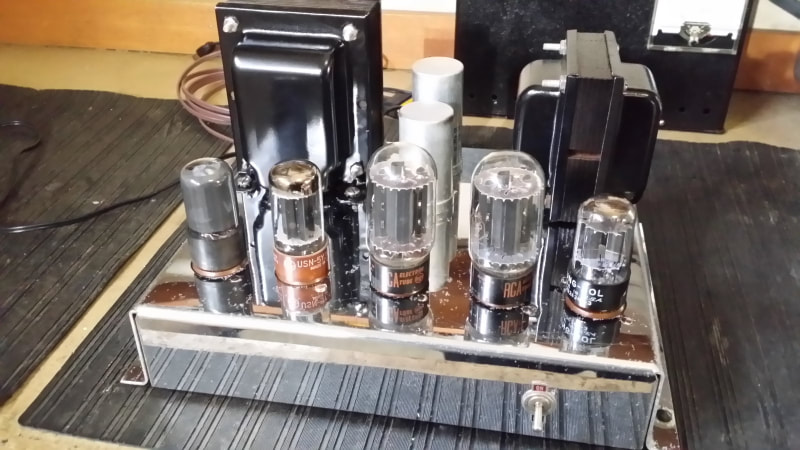
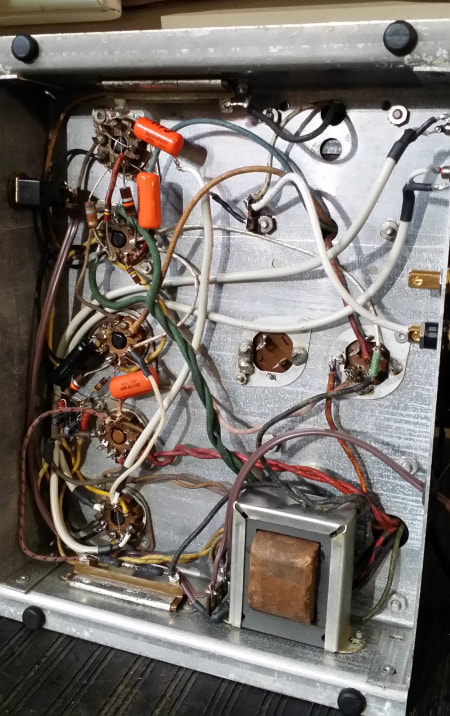
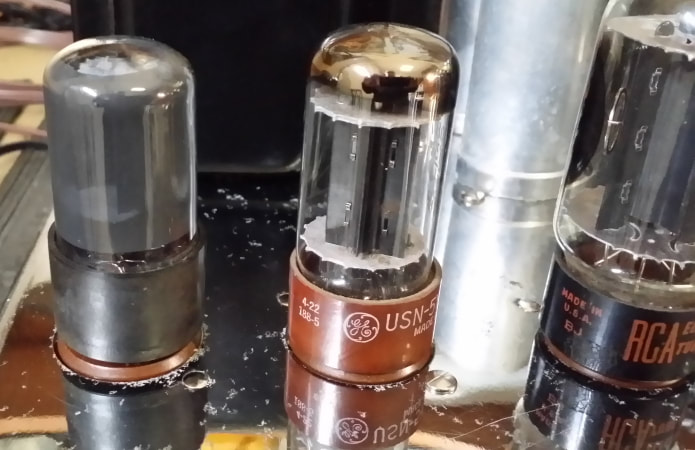

 RSS Feed
RSS Feed